Gymnastics
What is Gymnastics?
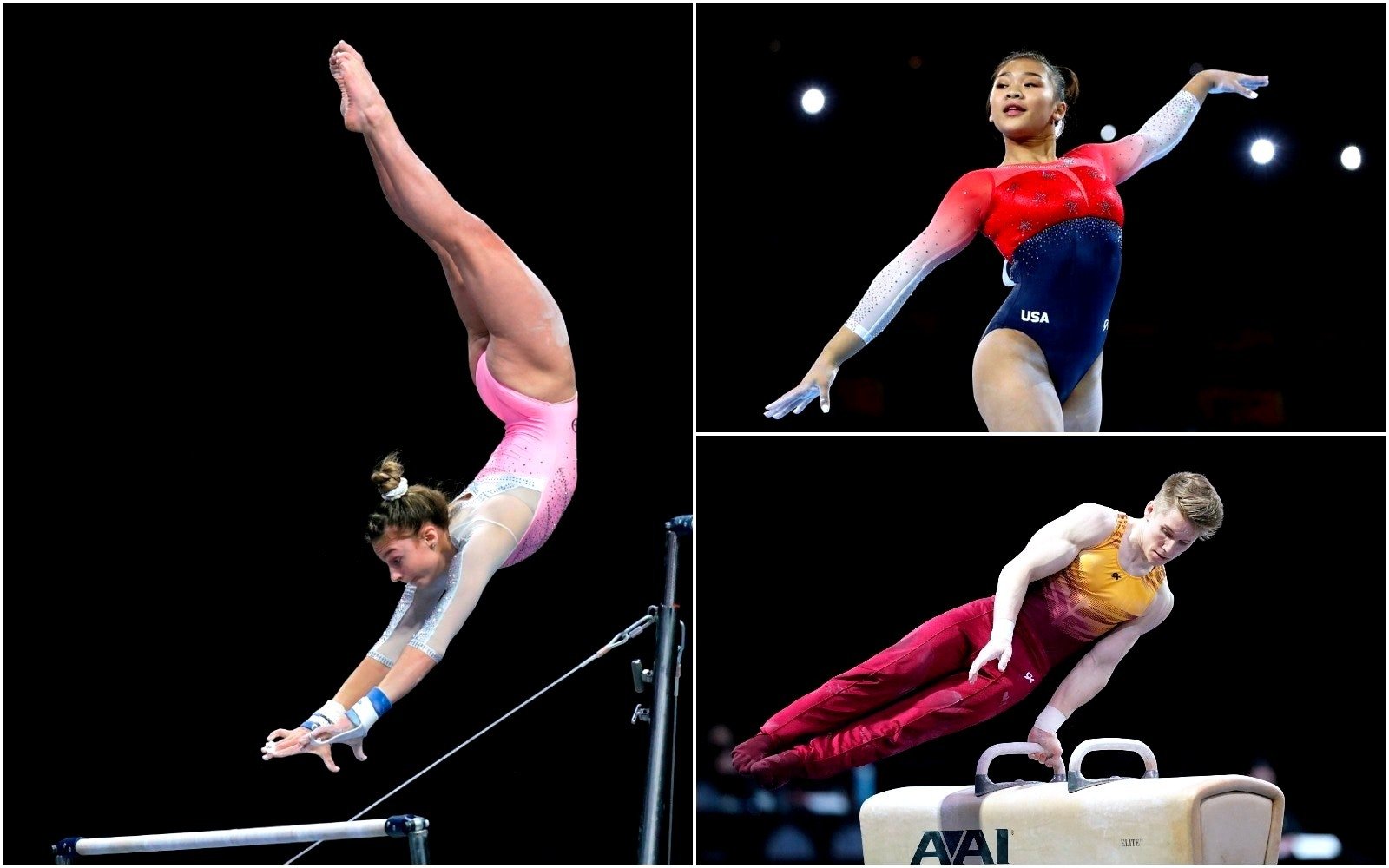
Gymnastics, the performance of systematic exercises—often with the use of rings, bars, and other apparatus—either as a competitive sport or to improve strength, agility, coordination, and physical conditioning. Gymnastics is an excellent activity for both boys and girls. It is ideal for developing a child’s balance, basic motor skills and coordination. The term gymnastics, derived from a Greek word meaning “to exercise naked,” applied in ancient Greece to all exercises practiced in the gymnasium, the place where male athletes did indeed exercise unclothed.
There are three types of gymnastics currently featured in the Olympics:
Artistic Gymnastics
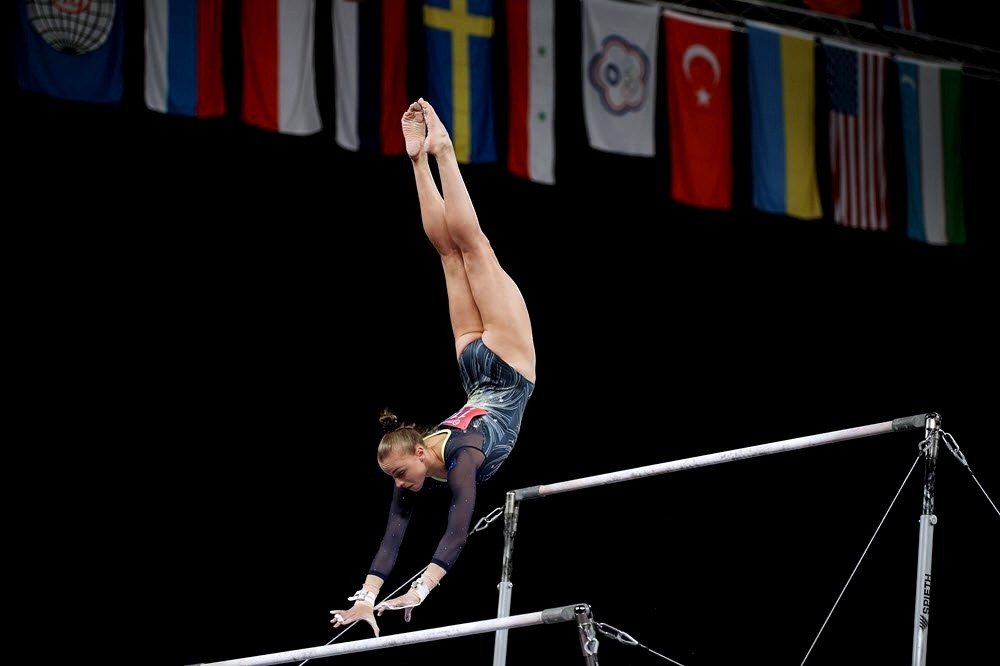
Rhythmic Gymnastics
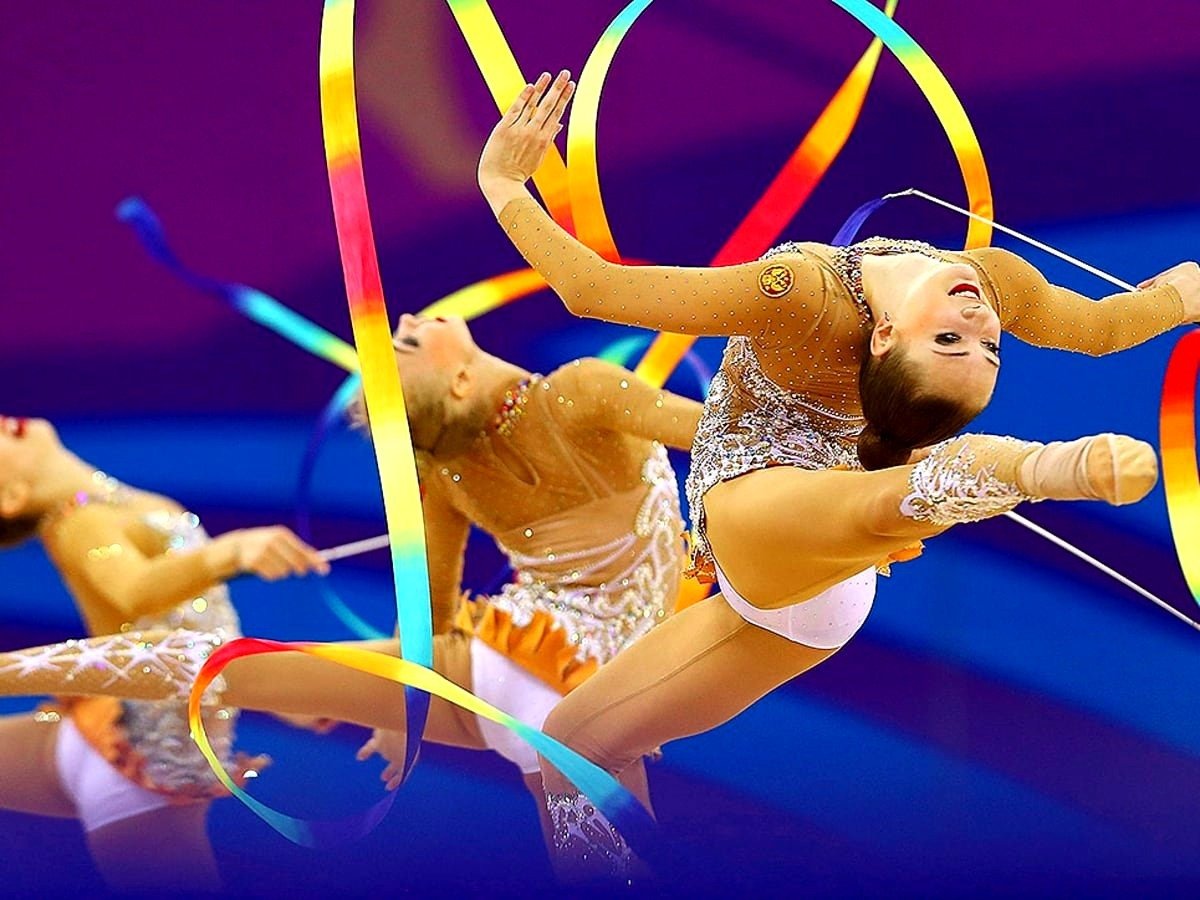
Trampoline
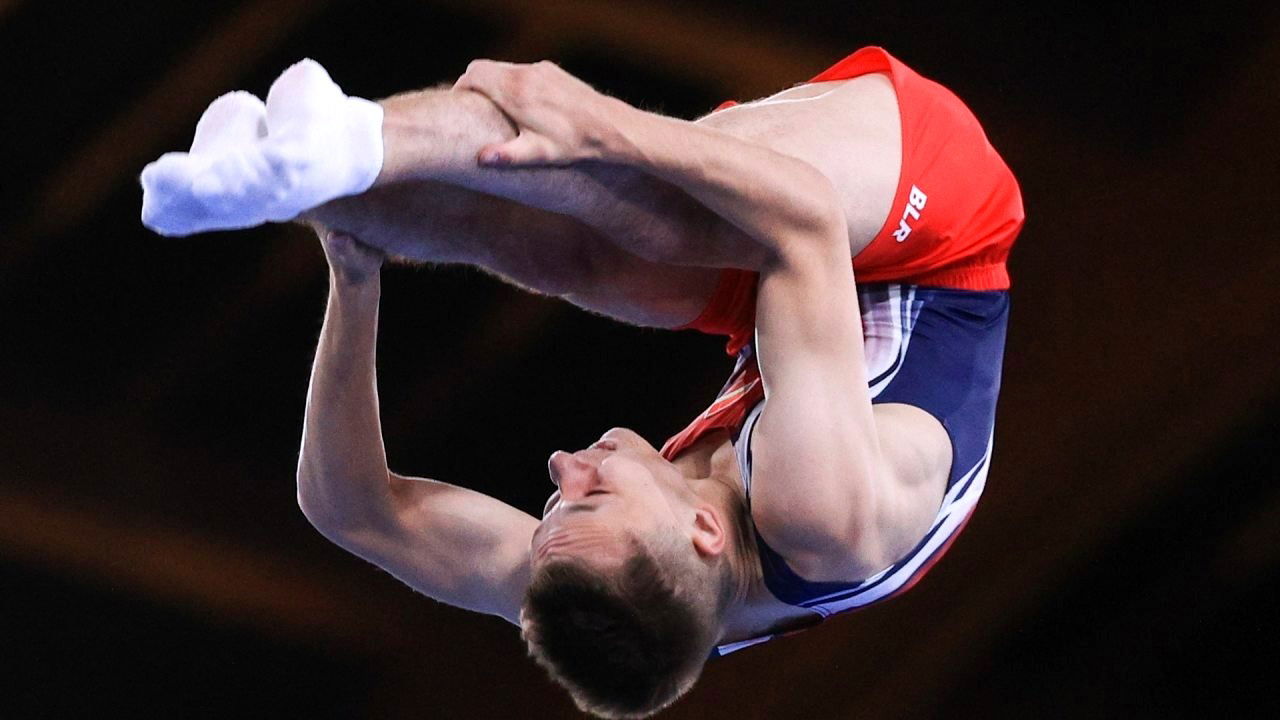
Artistic gymnastics is the most commonly known. Men and women both compete on equipment like the uneven bars, parallel bars, and rings. The uneven bars or asymmetric bars is an artistic gymnastics apparatus. It is made of a steel frame. The bars are made of fiberglass with wood coating, or less commonly wood. The apparatus consists of two bars, one about five and a half feet high and one eight feet high, set about six feet apart. As with every event, the top eight gymnasts in the qualifications round — with a maximum of two per country — will advance to the uneven-bars finals. The movements involved in gymnastics contribute to the development of the arms, legs, shoulders, back, chest, and abdominal muscle groups.
Gymnastics evolved from exercises used by the ancient Greeks that included skills for mounting and dismounting a horse, and from circus performance skills. Gymnastics teaches participants how to move, roll, jump, swing and turn upside down. Gymnastics is an exciting activity and sport for its unique contribution to general fitness, coordination, agility, strength, balance and speed. Gymnastics provides a sound foundation in movement for boys and girls of all ages. This allows everyone to develop their whole body which is useful in all other sports and activities. Many of these exercises came to be included in the Olympic Games, until the abandonment of the Games in 393 CE. Some of the competitions grouped under this ancient definition of gymnastics later became separate sports such as athletics, wrestling, and boxing. 19가이드03
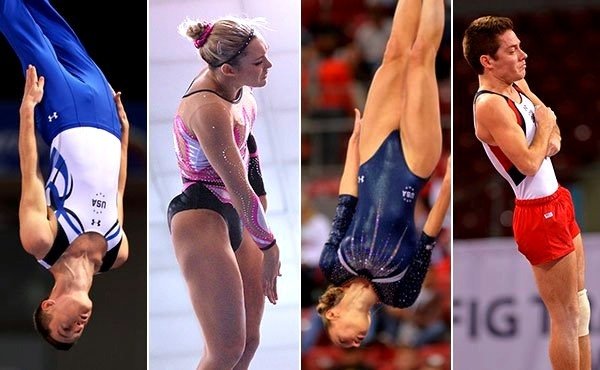
The major difference between men's gymnastics and women's gymnastics is the apparatus on which the gymnasts compete. They share only two events in common: vault and floor.
- Female gymnasts compete in four events: vault, uneven bars, balance beam, and floor exercise.
- Men compete in six events, and they do the events in a different order: floor, pommel horse, rings, vault, parallel bars, and high bar.
What is the Benefits of Gymnastics?
- Increases Your Flexibility
- Improves Bone Health
- Builds Strength
- Helps To Prevent Disease
- Builds Personal Discipline
- Develops Greater Coordination
- Encourages Focus
- Gymnasts Learn How to Avoid Injury
- Self-confidence: A Mental Benefit of Gymnastics
- Building Social & Problem-Solving Skills
- Gaining Improved Posture from Improved Strength
